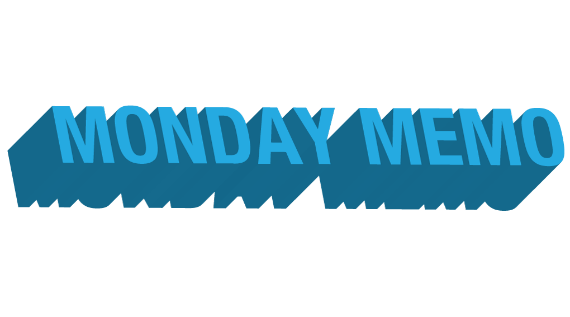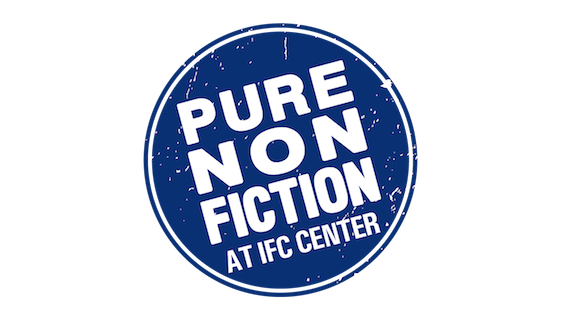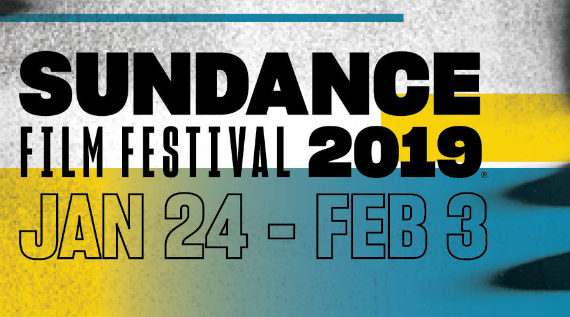 September has been an invigorating month for hashing out independent distribution issues. In case you haven’t been closely following the reports, here are the highlights:
September has been an invigorating month for hashing out independent distribution issues. In case you haven’t been closely following the reports, here are the highlights:
1) Liesl Copland’s keynote speech at TIFF’s Doc Conference addressed how to get the most out of theatrical, VOD, downloads and other formats. Part of her talk included a video on the “Social Media Revolution” that every filmmaker should take four minutes to watch on YouTube to get a sense of powerful new tools becoming available. On the topic of the theatrical experience for docs, Copland pointed to the model of Stranger Than Fiction, saying, “We can’t expect the smaller movies to go head to head with the big marketing giants. Maybe for us, for docs, we need to make sure the experience is differentiated, communal – let’s do more for the audience in that space than show the film. More ‘extra content’ at the theater, Q and A heaven. Curation.”
2) Peter Broderick’s “Declaration of Independence” at TIFF’s Doc Conference (pictured) laid out a set of principles for filmmakers who want to explore a form of hybrid distribution. In an article based on his speech, Broderick writes, “Today many filmmakers are as determined to retain ‘distribution control’ as they are to maintain ‘creative control.’ Distribution control is the power to determine the overall structure and sequence of distribution, select distribution partners, and divide up distribution rights. While single source production financing usually means the loss of some measure of creative control, single source distribution through an all-rights deal always means the loss of distribution control.”
3) IFP’s Film Week included a panel on distribution that featured representatives from IFC Films and B-Side. Another participant was Mark Urman, formerly of ThinkFilm, who is now heading a new company called Palladin. Under Urman’s new model, he works as a kind of gun-for-hire distributor, as reported in Indiewire: “For the first time, I am not in opposition to my filmmakers,” Urman explained. “I had to out smart them. How do I get this film for the lowest possible price? This is the first time in my career as a distributor, instead of sitting on the opposite side of the table, it’s a round table. It’s a discussion. It’s such a clean sensation that this too gives me hope. It all gives me hope.”
4) Lastly, this past Friday, Indiewire and MoMA, co-presented an Indie Film Summit, bringing together 60-70 insiders to hash out the current state of affairs. Ira Deutchman of Emerging Pictures wrote a cogent analysis of the discussion that includes a cautionary note about hybrid models, “While there are many stories about recent successes with this strategy, for every success, there are at least 20 disasters. If you have a film that has a very specific target audience, a way to easily (and cheaply) reach that audience, some money to spend and a clever campaign, go for it. The problem is that every filmmaker believes that his or her film has the elements to work, but not all of them do.”
I encourage filmmakers to educate themselves about all these new ideas. Watch this blog for more reflections on the changing state of doc distribution.





